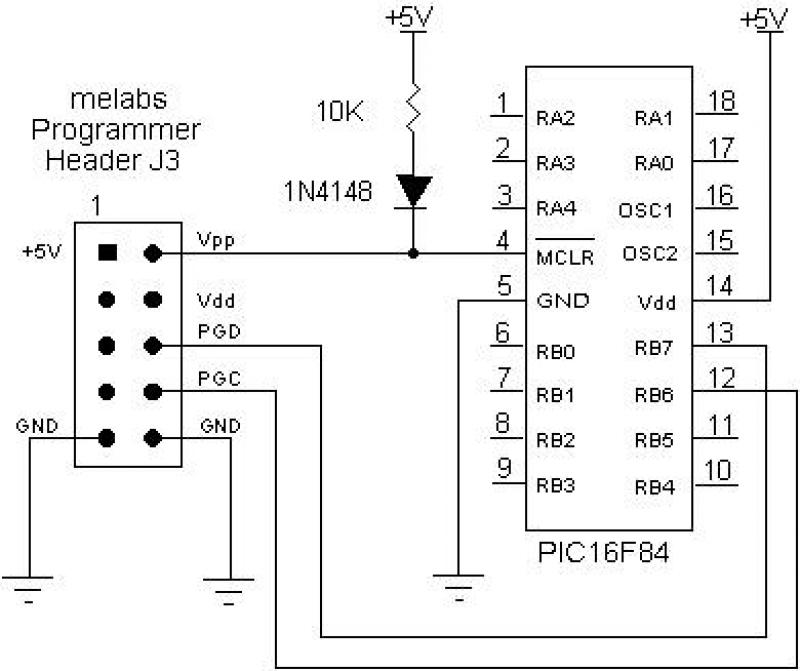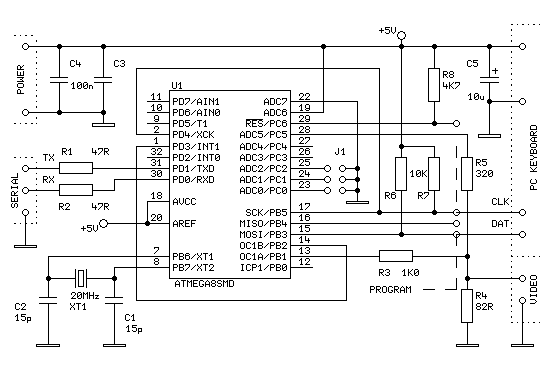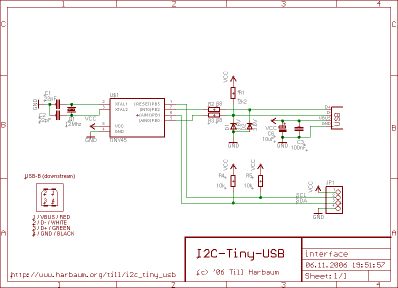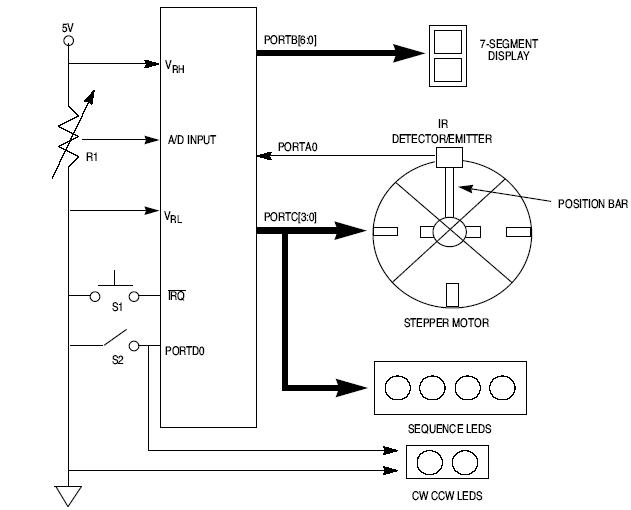
ISP Programmer for ATmega32 Microcontroller

ISP programmer with circuit diagram for AVR Atmega32 microcontroller. This ISP burner circuit is an adaptation of the Pony programmer and uses PonyProg software.
The ISP (In-System Programming) programmer designed for the AVR Atmega32 microcontroller allows for programming the microcontroller directly on the circuit board. This method eliminates the need for external programming devices and simplifies the development and debugging process. The circuit diagram typically includes essential components such as a microcontroller, a crystal oscillator for clock generation, and a series of resistors and capacitors that ensure stable operation.
The Pony programmer adaptation integrates a USB interface, enabling communication between a PC and the microcontroller. The PonyProg software is utilized for programming and uploading firmware to the Atmega32. This software supports various programming modes and provides a user-friendly interface for developers.
Key components of the circuit include the Atmega32 microcontroller, a 16 MHz crystal oscillator for timing, and several passive components such as resistors and capacitors that filter and stabilize the power supply. The ISP header connects to the microcontroller's programming pins, allowing for direct access to the programming interface.
The circuit design emphasizes simplicity and efficiency, making it suitable for hobbyists and professionals alike. Proper layout and grounding techniques are crucial to minimize noise and ensure reliable programming. Overall, this ISP programmer circuit serves as a valuable tool for developing and testing applications based on the Atmega32 microcontroller.ISP programmer with circuit diagram for AVR Atmega32 micro controller.This ISP burner circuit is an adaptation of Pony programmer and uses ponyprog software 🔗 External reference
The ISP (In-System Programming) programmer designed for the AVR Atmega32 microcontroller allows for programming the microcontroller directly on the circuit board. This method eliminates the need for external programming devices and simplifies the development and debugging process. The circuit diagram typically includes essential components such as a microcontroller, a crystal oscillator for clock generation, and a series of resistors and capacitors that ensure stable operation.
The Pony programmer adaptation integrates a USB interface, enabling communication between a PC and the microcontroller. The PonyProg software is utilized for programming and uploading firmware to the Atmega32. This software supports various programming modes and provides a user-friendly interface for developers.
Key components of the circuit include the Atmega32 microcontroller, a 16 MHz crystal oscillator for timing, and several passive components such as resistors and capacitors that filter and stabilize the power supply. The ISP header connects to the microcontroller's programming pins, allowing for direct access to the programming interface.
The circuit design emphasizes simplicity and efficiency, making it suitable for hobbyists and professionals alike. Proper layout and grounding techniques are crucial to minimize noise and ensure reliable programming. Overall, this ISP programmer circuit serves as a valuable tool for developing and testing applications based on the Atmega32 microcontroller.ISP programmer with circuit diagram for AVR Atmega32 micro controller.This ISP burner circuit is an adaptation of Pony programmer and uses ponyprog software 🔗 External reference





